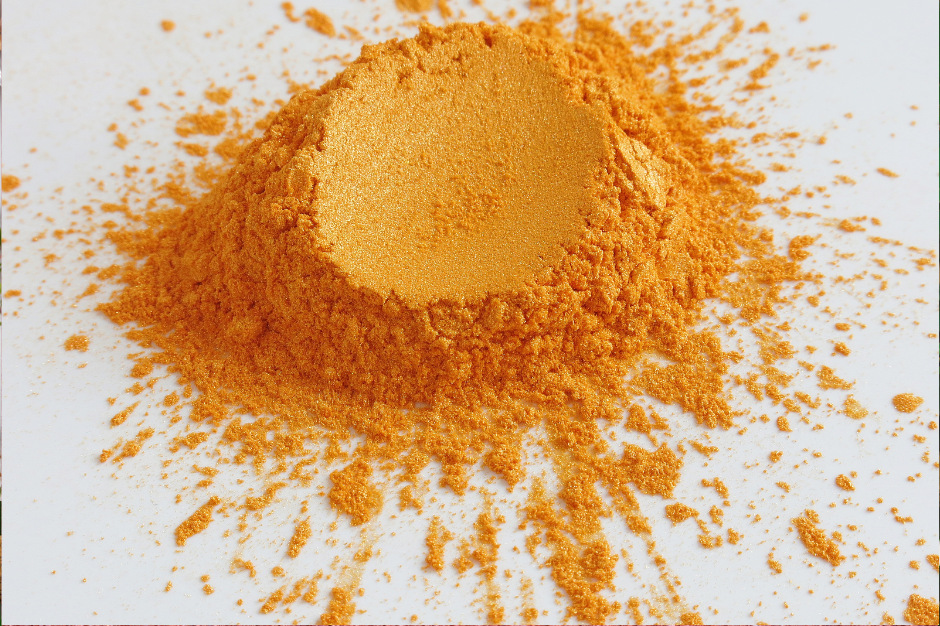Overview
Minerals are inorganic elements which mean that no living thing, plant or animal is able to manufacture or create them. They have to be obtained externally from the food of the plant, animal or human.
In the case of plants, the minerals have to come from the soil in which they are grown, but human beings cant readily absorb minerals directly from the soil. In their case, the minerals have to come from the plants and foods they eat. It stands to reason that if the animals and the humans are relying on the minerals being in the plants and the plants are relying on the minerals being in the soil, mineral deficient soils will lead to mineral deficient animals and humans. In this way, we are totally dependent on the plants to provide us with the minerals we need to survive.




